Emergency! - Bleeding Injuries
Does a lot of blood always mean a serious cut? And does a serious injury always bleed a lot? Watch out for these signs of excessive blood loss, and what to do with different kinds of open wounds.
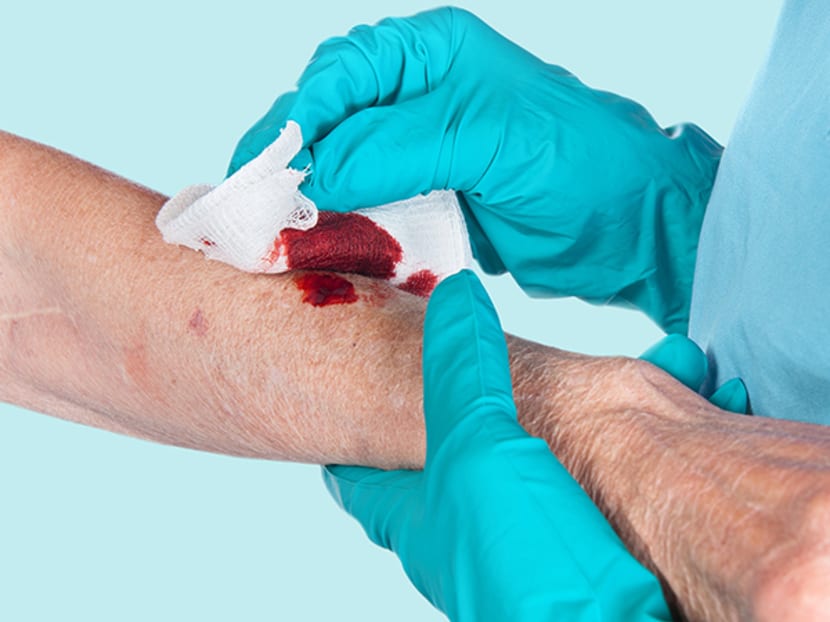




Text by Lyn Chan
One minute, you are intently chopping up vegetables for a quick dinner while worrying over deadlines looming at work the next day. The next, your mobile phone buzzes and jolts you from your thoughts. You feel a sharp pain and suddenly, there is blood everywhere on the kitchen counter — yours. What should you do?
Mild bleeding from a superficial cut is common. A quick wash and a band-aid ought to fix it. Heavy bleeding is a lot trickier. Be extra careful if the bleeding is from the head, the neck or the wrist.
Considering that blood accounts for eight per cent of our body weight — about five litres of blood for an average person — excessive blood loss can be extremely dangerous.
Heavy bleeding triggers a cascade of undesirable medical situations: a steady stream of blood leaving your body causes a drop in blood pressure, which then leads to an insufficient blood supply to the organs, resulting in shock. At the same time, a decrease in body temperature affects the body's clotting function, exacerbating blood loss.
For this reason, doctors urge that accidental cuts, deep scratches or stab wounds be treated promptly.
Find out the types of open wounds and their treatments
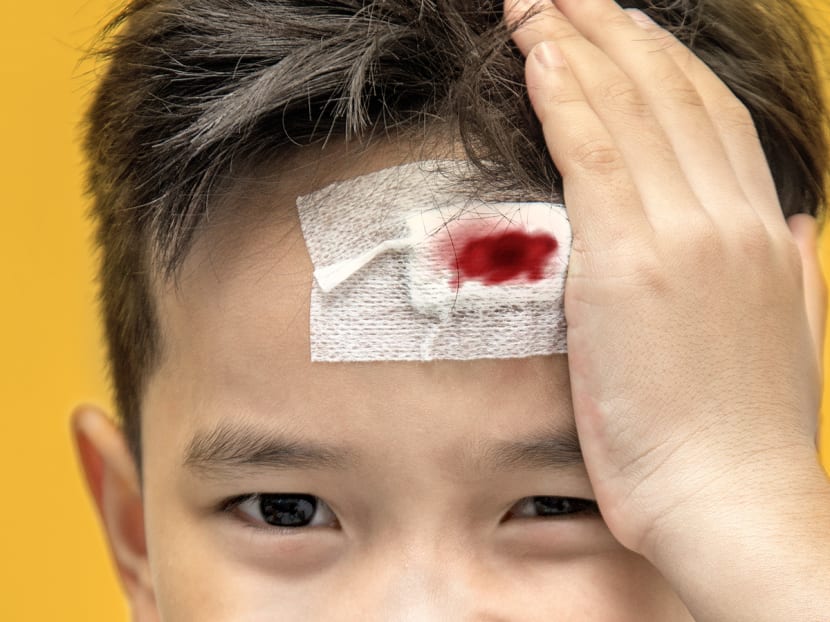
Some serious injuries bleed very little, whereas cuts on the head and face may bleed profusely because of the many blood vessels in these areas.
- Look out for the following signs of excessive blood loss:
- Damp, pale skin
- Shortness of breath
- A quickened heart rate
- Unconsciousness
- Overall weakness
- Faint pulse
- Purple lips or nails
- Dizziness
- Coma
Continued bleeding after 20 minutes for a minor wound is a sure warning for you to head to a doctor right away.
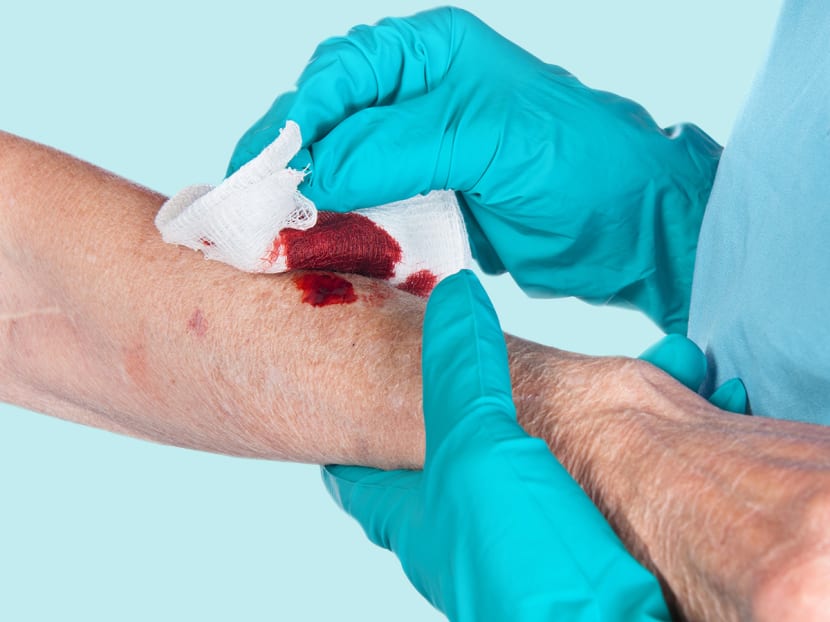
In instances where blood is not just feebly oozing but spurting, pooling or rapidly soaking through clothing, the situation is life-threatening. A main vessel near the heart, in the groin, at the neck, wrist, underarm, ankle, inner thigh or behind the knee is likely to have been injured. Death within mere minutes is possible.
Overcome your squeamishness over blood and move swiftly. First, locate the bleeding site. Using one or both hands, maintain steady pressure on it until emergency help arrives.
STAY HEADS-UP ON HEAD INJURIES
Every week, between 20 and 30 patients with traumatic brain injuries are admitted to the National Neuroscience Institute (NNI).
The head is a part of the body most susceptible to trauma, as it cradles the brain and carries the most blood vessels. The brain is the heart's biggest "customer": it alone receives 20 per cent of the blood pumped by the life-giving organ. Even a minute wound in the brain releases a continuous flow of blood.
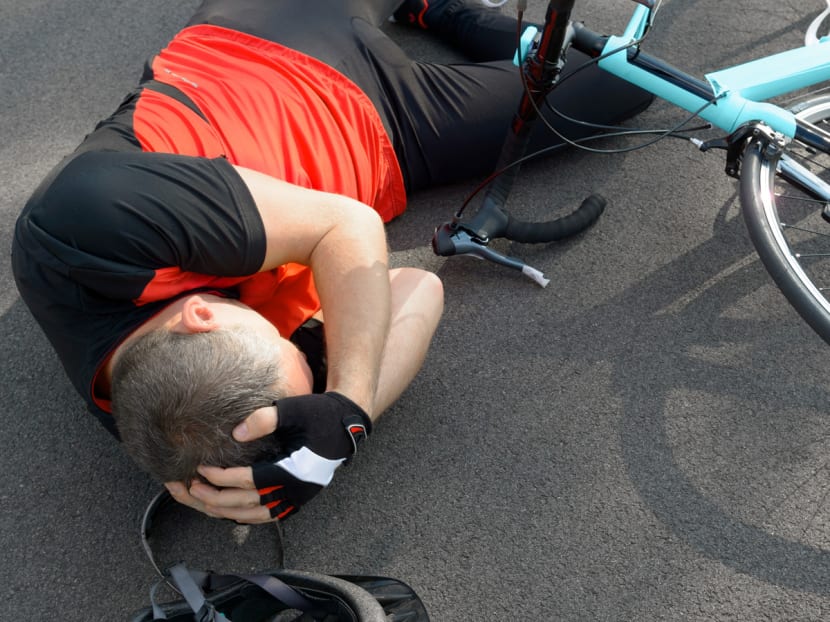
It can be difficult to assess how serious a head injury is, simply by looking at how badly it is bleeding. The crucial point of focus is: is there any injury to the skull brain matter? A head brain injury can swing two ways: a slight edema or a serious brain trauma. A headache is not uncommon after a head trauma but see a doctor if, after a few days, throbbing intensifies or does not subside. Moments of delirium, vomiting, fatigue and memory problems do not bode well, and medical help is a must. Generally, it is important to treat all head injuries seriously and get them assessed by a doctor.
Understanding the 4 types of open wounds and their treatmentABRASION
A wound to the top layer of skin caused by friction when the skin scrapes across a rough or a hard surface. A scrape, a graze or a scratch are abrasion wounds


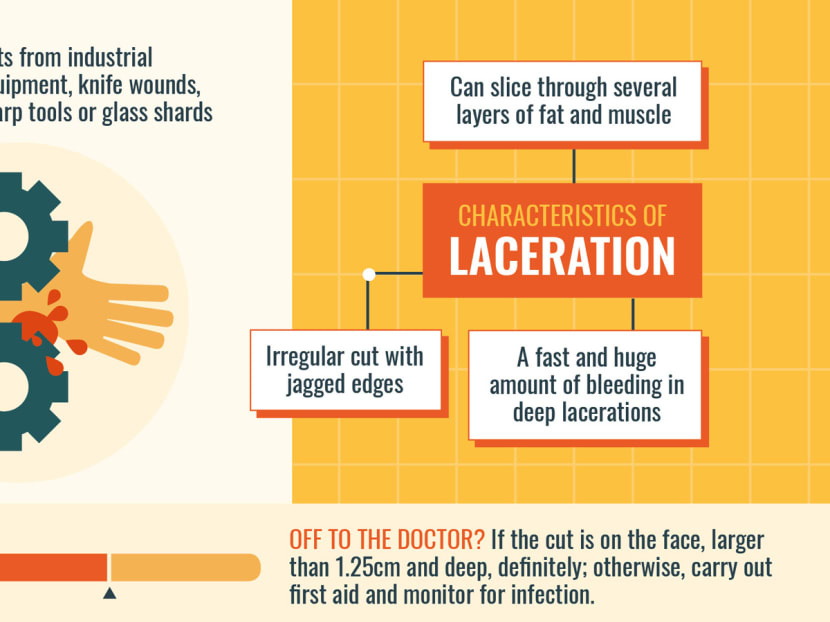

Medical consultation provided by:
Dr Joy Quah, Associate Consultant, Department of Emergency Medicine, Singapore General Hospital and Dr Chong Shu-Ling, Senior Staff Physician, Department of Emergency Medicine, KK Women's and Children's Hospital
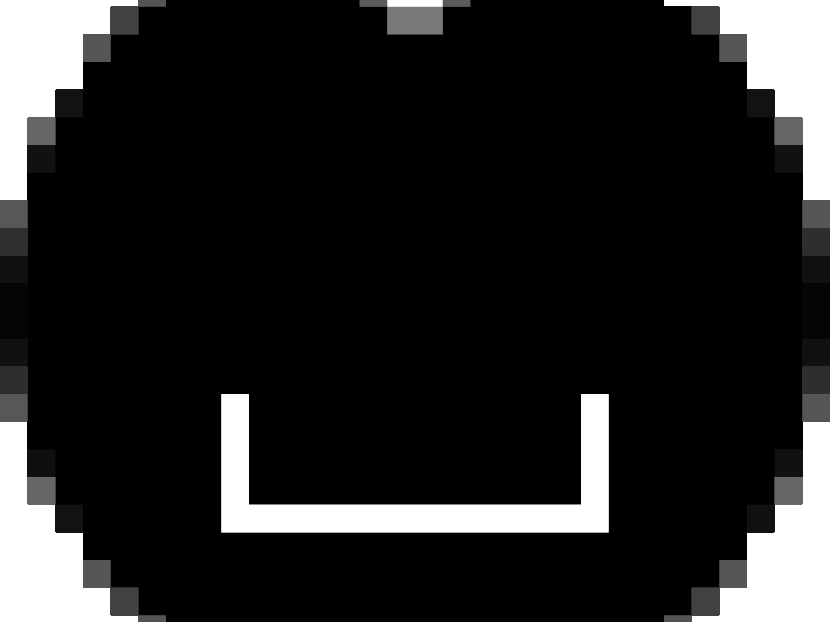





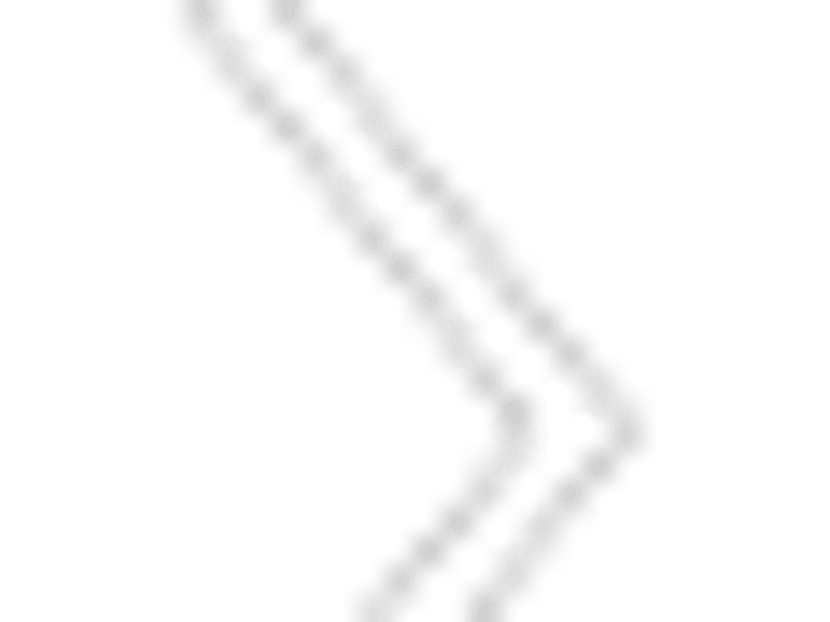
Emergency! — Depression Myths








